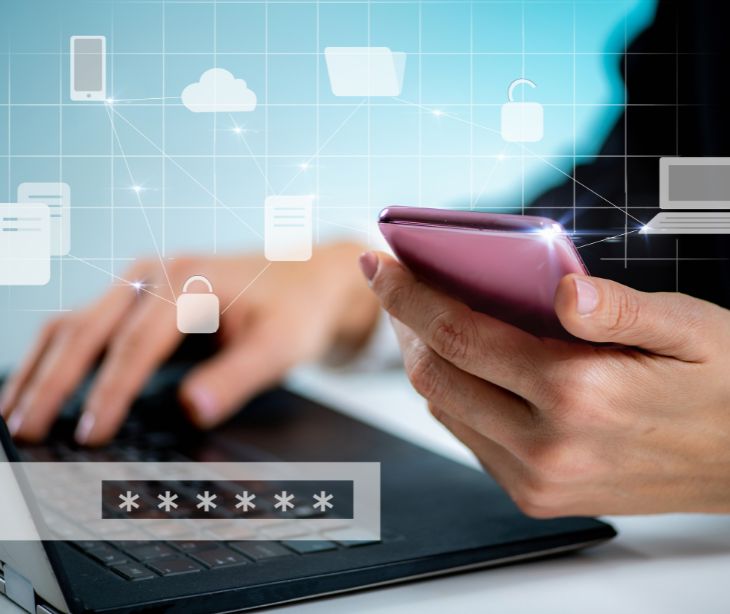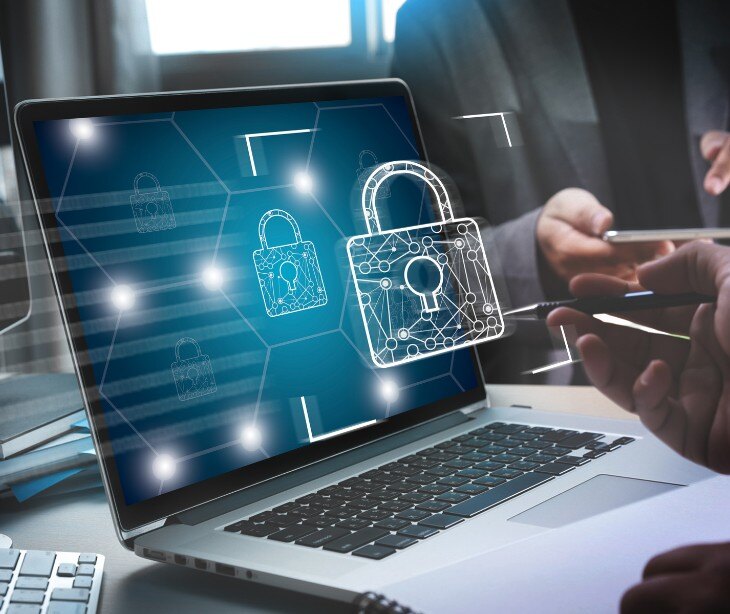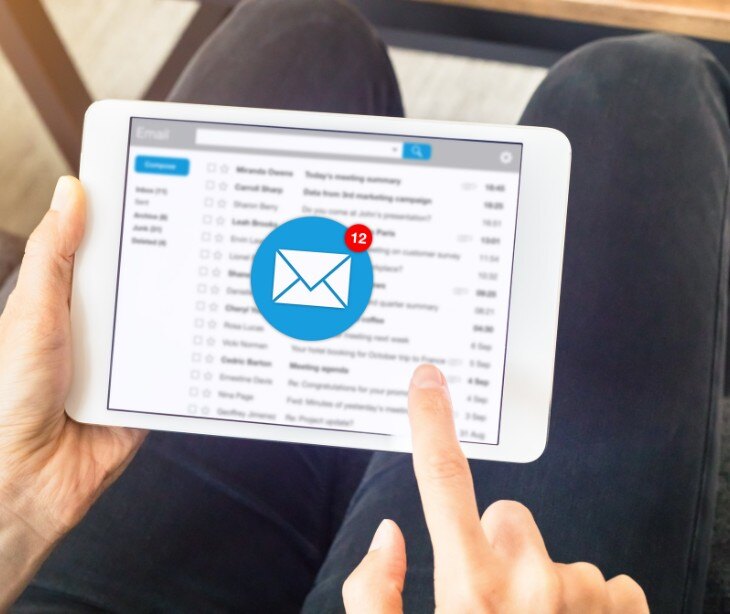
Email user authentication verifies the identity of users as authorized to receive or send an email before a message is delivered. Owing to identity confirmation, hackers won’t be able to use malicious acts to trick people into giving up sensitive data. The need for such verification is apparent among the growth of cyberattacks, especially through email, and especially in the healthcare industry.
HIPAA compliance within healthcare requires secure access to protected health information (PHI). By proving an individual's identity, authentication reduces the risk of unauthorized access to confidential data. To do this properly, healthcare organizations must utilize reliable email security practices to ensure HIPAA compliance.
See also: HIPAA compliant email: The definitive guide
What is email user authentication?
User authentication confirms that someone is who they claim to be when sending or receiving an email. The process of authentication involves a series of checkpoints between the sending and receiving mail servers. Such checks and balances are beneficial in combating growing malicious email actors.
For example, spoofing is one of the more common forms of email cyberattacks. In email spoofing, a hacker impersonates a legitimate sender, tricking unsuspecting recipients into divulging sensitive information or engaging with harmful content. Spoofed emails may contain malicious attachments that compromise a victim’s computer or network.
Recent statistics even state that 84% of organizations surveyed were the targets of at least one phishing attempt in 2022. Furthermore, 3.4 billion emails a day were sent by cybercriminals. Authentication, then, keeps these malicious attacks from breaking through security.
Using authentication to verify a user’s identity
Currently, there are four main ways for an organization to verify a sender’s identity and prevent malicious emails from reaching employees.
- Sender Policy Framework (SPF): establishes a list of authorized IP addresses or hostnames
- DomainKeys Identified Mail (DKIM): uses a combination of public and private keys to verify the identity of the sender
- Domain-based Message Authentication, Reporting, and Conformance (DMARC): a policy-based protocol that builds upon the foundations of SPF and DKIM
- Brand Indicators for Message Identification (BIMI): serves as a visual cue for recipients to identify trusted senders
User authentication and HIPAA go hand in hand
HIPAA stands for the Health Insurance Portability and Accountability Act of 1996. The legislation sets national standards for the defense of medical records and patients’ PHI. Healthcare organizations must comply with HIPAA to protect patient privacy and safeguard sensitive health information.
Email authentication protocols are designed to prevent email attacks. In healthcare, such controls are beneficial as they protect sensitive patient information, maintain the integrity of communication, and ensure compliance with HIPAA and state regulations. Other benefits include protecting patients and an organization’s reputation as well as enhancing the use of email within the healthcare industry.
Conversely, a failure to implement authentication protocols can increase the risks of breaches and HIPAA violations. For healthcare organizations, a data breach can also lead to compromised patient information and even patient death.
Other helpful user controls in healthcare
There are other user-specific authentication techniques employed to meet HIPAA requirements. Such access controls are defined as technical safeguards within the HIPAA Security Rule and provide an added layer of security for every employee.
- Password-based authentication: users provide a username and password.
- Multi-factor authentication (MFA): users provide multiple forms of authentication, such as a password and confirmation code.
- Biometric authentication: users provide biometrics, like fingerprints and facial recognition.
- Token-based authentication: users use tokens (whether physical or virtual), such as time-limited codes.
- Single sign-on (SSO): users access multiple systems with a single authentication system.
These access controls ensure that all authorized users have access to only the minimum necessary information for their jobs. Moreover, they block access to anyone who won’t have a password and/or code to sign in.
HIPAA compliant authentication best practices
To ensure robust user authentication and HIPAA compliance, healthcare organizations should consider the following best practices to protect email communication.
Implement access controls. Ensure that only authorized individuals, such as healthcare professionals and staff, can access PHI, preventing unauthorized users from seeing sensitive patient data.
Use unique user identification methods. Enable healthcare organizations to track who accessed PHI and their actions, facilitating accountability and compliance.
Utilize strong password management for all devices. Prevent unauthorized access due to weak or compromised employee passwords.
Secure workstations and devices. Track who has access to devices and where they are through audit controls.
Conduct regular audit reviews. Generate and evaluate audit logs about system activity, providing employees with a unique identifier to follow their actions.
Terminate accounts of all former employees. Ensure that accounts of past employees are promptly blocked, preventing former employees from accessing possible PHI.
Educate staff on secure email practices. Continuously train staff in HIPAA-related practices and keep them on top of user authentication.
Implementing a comprehensive email authentication strategy offers a multitude of benefits for healthcare organizations. With authentication, organizations can protect employees and patients, ensuring the focus remains on patient care.
FAQs
What are email authentication protocols, and why are they important in healthcare?
Email authentication protocols are technologies designed to prevent email spoofing and phishing. In healthcare, these protocols are beneficial as they help to protect sensitive patient information, maintain the integrity of communication, and ensure compliance with regulations like HIPAA. By verifying the sender's identity, these protocols reduce the risk of unauthorized access to confidential data.
How can healthcare organizations ensure the effectiveness of their access control systems?
Regular maintenance, updates, and testing of access control systems ensure their effectiveness. Additionally, ongoing training for staff on access control policies and procedures can help reinforce security awareness and compliance.
Can MFA be used with single sign-on (SSO) systems in healthcare?
Yes, MFA can be integrated with SSO systems to provide seamless access while maintaining high security for healthcare professionals accessing multiple applications.




%20-%202024-09-15T173623.671.jpg)